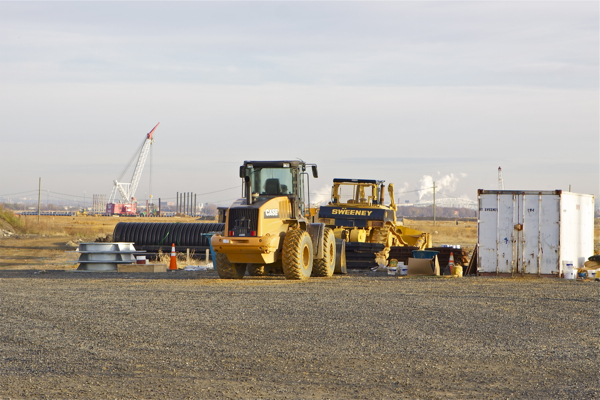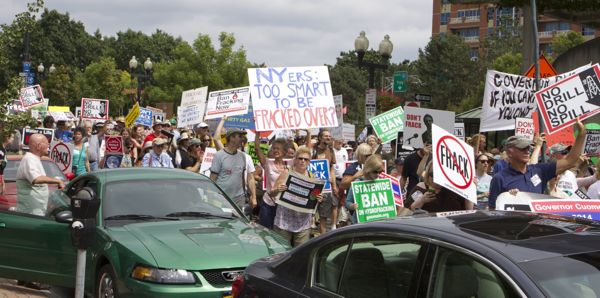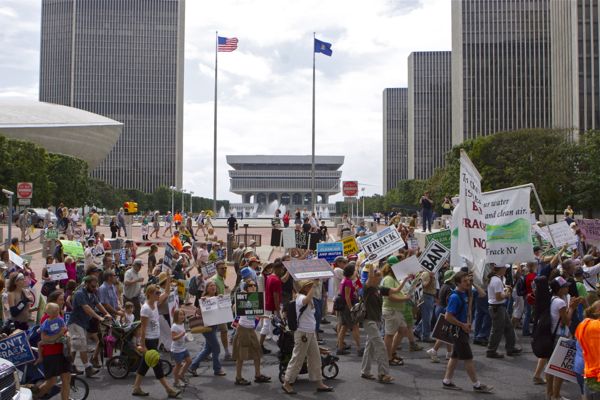(What Christie) Done With The Wind
Did The Gov. Do A Pringle On Sweeney and Burzichelli?
[Update: 9/6/12 – While we’re on the topic, here’s another outrageous abuse by Waldo: Is this any way to treat a ‘Jersey Girl’ who has sights set on higher office? –
“That’s representative of what’s happening in the state and why someone has to run against the machine,’’ Codey said.
end update.]
Governor Christie’s so called support of wind power has gotten lots of media play recently – but I’m curious about an aspect of the story that hasn’t been included in the coverage.
The recent media frenzy was sparked when Senate President Sweeney and Assemblyman Burzichelli (Chair of the Regulatory Oversight Committee) held a press conference at the Paulsboro Marine Terminal to blast the Governor’s failure to follow through on wind commitments.
Senate President Sweeney has cut major political deals with Christie, while Burzichelli has served on the Christie “Red Tape Commission” and rammed the Administration’s regulatory rollback bills through his Committee.
These efforts were deeply unpopular among fellow Democrats.
Was that political support related to Gov. Christie’s promise to develop wind jobs in their District at the Paulsboro Marine Terminal?
If so, did they get Pringled?
I typically ignore purely partisan attack stories, but I guess it was the absurd headline in last week’s Philadeplphia Inquirer story that caught my eye and sparked interest: 2 years after Christie’s call for green era, little has changed
Christie called for a Green Era? Who knew!
Anyone paying attention had to know that the only “green” Gov. Christie cares about is money and manicured lawns (and helicopter landing pads).
The public policy story on wind was repeatedly told by Tom Johnson at NJ Spotlight – where Tom’s superb coverage made it abundantly clear that the Gov. had no real interest in financing or subsidizing wind at the expense of his business cronies.
At the outset of the whole thing, I was highly dubious of the greenscam, if only given the quote of Dave Pringle in the the August 2010 initial coverage: Gov. Chris Christie signs offshore wind power bill .
But even that optimistic story put the economic subsidy issue front and center.
In that original bill signing story, Christie equated a government role in renewable energy to hostage taking and the business community put out the B word, as in $$ BILLIONS:
“Over the long haul, what I’m really concerned about is that we continue to hold ratepayers hostage to energy creation which is much more volatile in terms of its prices. What it will ultimately cost ratepayers is open to question still, but we’re going to be working to make it as efficient and effective as we can.” [Gov. Christie said]
The New Jersey Business and Industry Association estimates $7 billion to $14 billion in integration costs will be passed onto ratepayers, predicting an exodus of businesses already stressed by high utility bills, high taxes and a recession.
So in my mind, with the business community deploying that spin (exodus! taxes! recession!) and the Governor’s energy policy and environmental regulatory policy already in place, the wind was blowing nowhere – it was all just political smoke.
So, the questions I want answered are:
- Was all that wind just the smoke the Gov. blew up Sweeney’s ass?
- And did Sweeney get Pringled?














